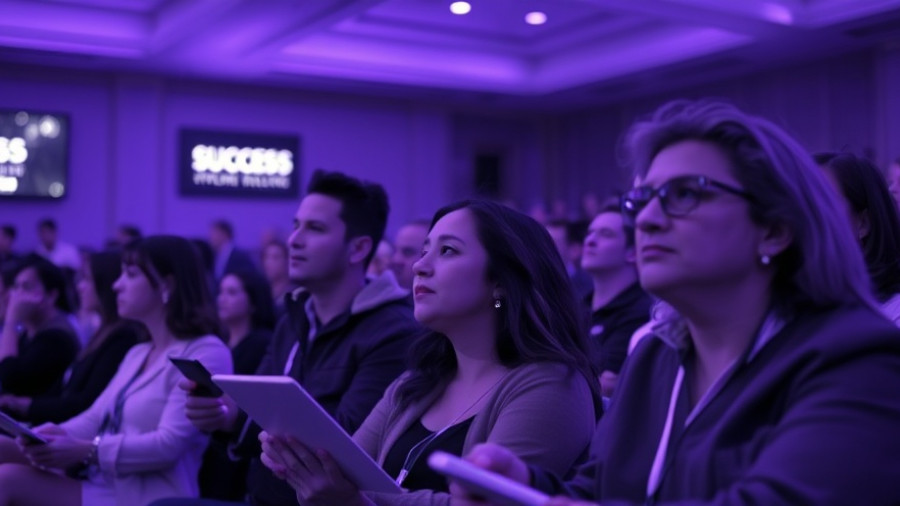
Unleashing Creativity Through Inversion Thinking
Have you ever felt stuck while brainstorming ideas? Sometimes, the worst ideas can spark the best ones. This article explores the innovative concept known as inversion thinking, a strategy that can turn perceived failures into breakthrough insights. Just as renowned thinkers like Charlie Munger and Jeff Bezos have shown, considering the opposite of what you want can lead to powerful and actionable solutions.
Understanding Inversion Thinking
At its core, inversion thinking involves flipping your perspective on problem-solving. Instead of asking, "How can I succeed?" think about, "What can go wrong?" This technique aids in identifying risks and hidden pitfalls that could impede progress.
As mentioned by the Stoics, who practiced premeditatio malorum—envisioning negative outcomes—this concept encourages individuals to prepare for setbacks. Mental models like this not only expand creativity but help in making better-informed decisions.
How to Apply the ABCs of Bad Ideas
One practical exercise, the ABCs of bad ideas, encourages you to generate intentionally bad solutions to a specific problem. For instance, if you're planning a company event, your list could include:
- A: Abandon all promotions
- B: Be vague about the event details
- C: Charge attendees a fee for a free event
Once you have your list, the challenge becomes to analyze each idea and ask, "How might I tweak this to make it work?" This simple yet effective process can reveal surprisingly good concepts hidden among the bad ones.
Learning from Failure: The Value of Mistakes
It's crucial to understand that failures and bad ideas are not obstacles; they are stepping stones to innovation. Taylor Swift, while winning the Innovator Award, emphasized how her hundreds of 'dumb ideas' ultimately ushered in her successful creations. This mindset shifts the focus from fear of failure to seeing failures as essential learning opportunities.
Inversion Thinking in Action
Notable figures like Jeff Bezos and Charlie Munger have harnessed inversion to drive their successes. Bezos, through his commitment to avoiding stagnation in Amazon, utilized inversion thinking to maintain a culture of growth. As Munger aptly puts it, by focusing on avoiding stupidity rather than solely chasing brilliance, you can gain long-lasting advantages.
Why Inversion is Key to Problem Solving
This strategy is particularly useful in business. Leaders can ask: "What actions could shrink our profits?" or "What could ruin our customer relations?" By identifying undesirable outcomes, they can create stronger strategies to avoid these pitfalls and enhance their organization's resilience. This proactive approach is what sets successful leaders apart.
Final Thoughts: Experiment with Inversion Thinking
Inversion thinking is not just about identifying what could go wrong; it’s also about embracing creativity and exploration. It encourages breaking away from conventional thought patterns and discovering unique solutions to complex problems. Remember, the next time you hit a wall in your creative process, your worst idea may be the start of your next great breakthrough!
To put inversion thinking into practice effectively: Start small, combine it with other mental models, and review your outcomes regularly. This iterative process can lead to innovation and successful decision-making.
 Add Row
Add Row  Add
Add 




Write A Comment